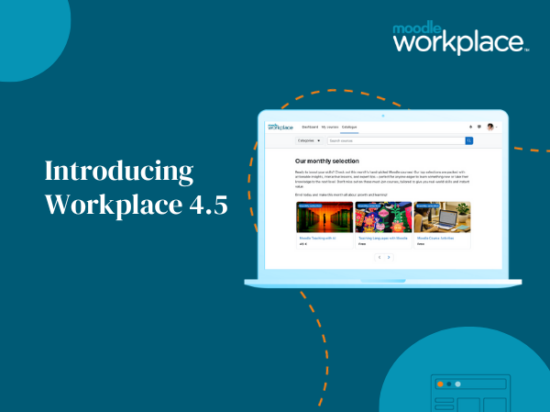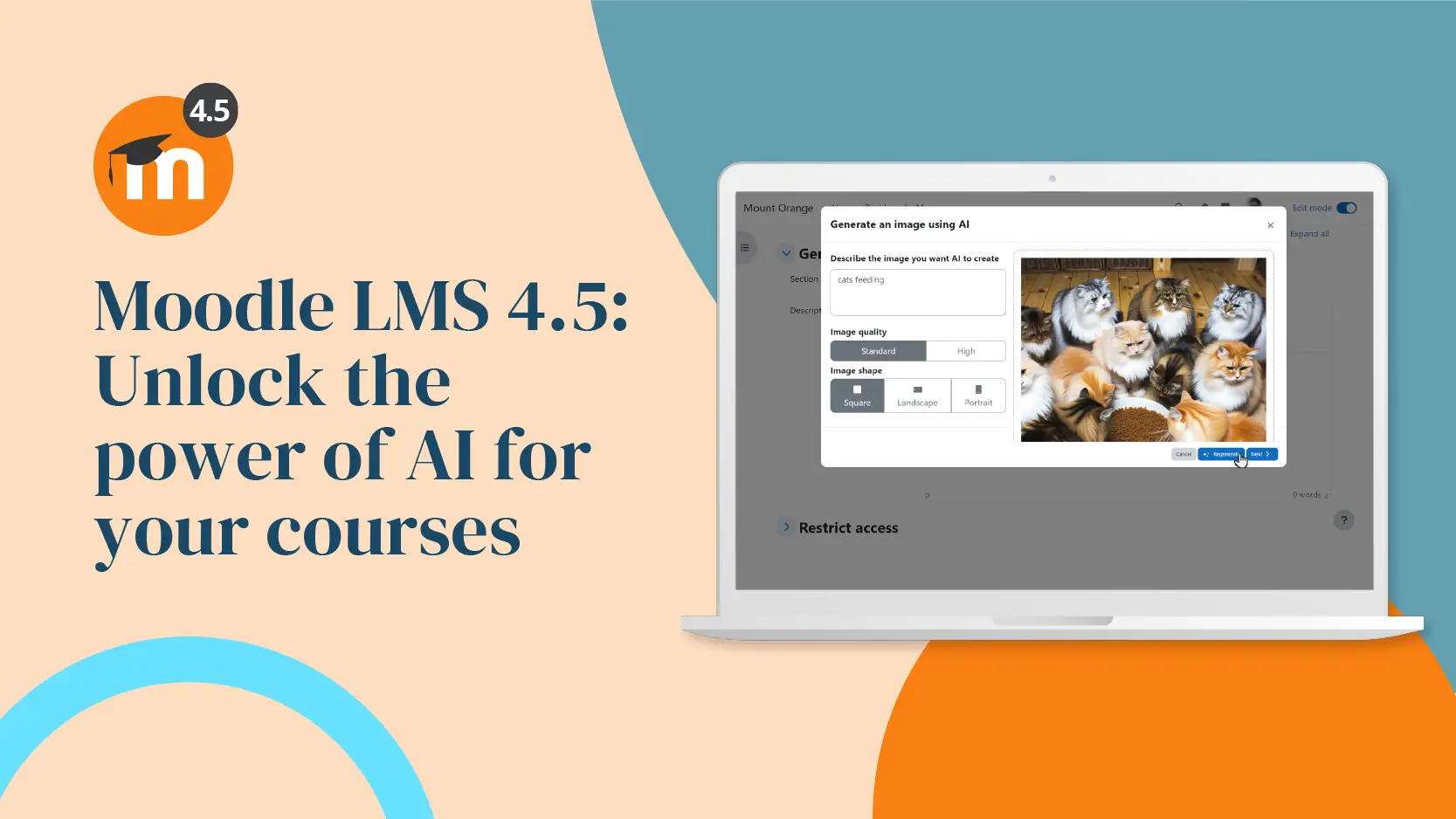There is no doubt that Australia is a well connected and technology pervasive country. Current business, social and technology data points to a growing trend whereby users have the technology and tools to remotely connect to learning experiences. This impacts the education landscape and has implications for how, we as educators, design and deliver business training.
Analyst IBISWorld forecasts online education to be the fastest growing industry in Australia this financial year. Revenues have increased from $827 million in 2004 to more than $2.7 billion this year. This represents a compound annual growth rate of more than 27 per cent, more than seven times the 3.5 per cent growth rate in the education sector as a whole.
According to a recent Media and Society Report released by the Australian Communications and Media Authority, 98 per cent of households own a computer and 90 per cent are connected to the Internet. Moreover, Nielsen Online reports that we are now, on average, spending more time using the Internet than watching television. This implies we are communicating, collaborating, consuming media, socialising and being entertained in new and different ways.
Historically speaking, education has been controlled by two key dimensions, namely, time and space. This has meant that participants involved in education in schools, universities and elsewhere have been bound to same time same place learning. In the context of business, this has no doubt translated into a rather limited approach to business training to the detriment of trainers and trainees.
If we think beyond this age-old paradigm for a moment, one might imagine the boundless potential of a learning environment whereby anyone can learn about anything, anywhere and at anytime. This open and flexible approach to education adds new dimensions and dynamics to business training.
The Internet is a well-established technology that has been around for more than two decades, but the relatively recent advent of learning management system software has been cornerstone to effective business training delivered online.
A learning management system (LMS) is a course-based system that enables participants to communicate and collaborate, access activities and resources, meanwhile, being assessed, tracked and reported on via the web. Key benefits of using an LMS include the ability to deliver flexible training to participants; less travel and tangible resources will be required by trainers and participants, so there should be a reduced environmental impact; importantly, this delivery mode promotes collaborative learning, which can make learning more engaging and interactive. The aforementioned benefits can ultimately reduce the total cost of ownership of business training to your organisation.
To successfully provision an LMS, back-end server-side technical requirements include a web server, database, dynamic scripting language and LMS software. The web server software, database and server-side scripting language need to be configured to work in harmony with the LMS software. The LMS can be hosted internally or externally to your organisation. To access the LMS front-end, the end-user or client will simply require a computer or laptop, internet connectivity and web browser.
In terms of evaluating the plethora of LMS software and selecting the best solution for your organisation, it helps to know that there is a real dichotomy in this market, namely commercial and open-source software.
Commercial LMS software is released under an End User License Agreement (EULA) whereby an organisation purchases licenses or ‘seats’ for a pre-determined number of users and agrees to use the software in accordance to the EULA. There is typically an ongoing annual cost to maintain this agreement, which may also entitle the purchaser to software updates and support. The commercial option is definitely a recurring big budget item. Commercial LMS software providers include Blackboard, Desire2Learn and SumTotal.
In contrast, open-source LMS software is released under General Public License (GPL) and is freely available for download, use, modification and distribution by the recipient. There is typically a web-based community of users who give generously of their time to contribute code, ideas and feedback to improve upon the core LMS software. As a rule of thumb, open-source software is not as polished as its commercial equivalent and may sometimes contain minor bugs. There is no direct cost to download open-source LMS software, however, associated costs such as hardware, training, user support and time to learn the new software, should be factored in. Open-source LMS software includes Moodle, Sakai and ATutor.
Having worked in the Australian education sector for the past 15 years, the author has been fortunate to use numerous learning management systems, both commercial and open-source solutions in a variety of contexts. The author confidently states that Moodle, as an open-source learning management system compares favourably to commercial solutions such as Blackboard.
A recent research LMS report produced by the e-Learning Guild supports the above sentiment. The Guild conducted a survey of its members, the several thousand respondents were LMS users from diverse industry sectors and organisations of various size. The report analysed survey data to essentially compare the major commercial and open-source learning management systems. According to the report, Moodle ranked first on numerous metrics, including cost; ease of installation, customisation and use; implementation time; business impact; assessment capabilities and support for web 2.0.
Moodle originated in Australia several years ago and has since internationalised to more than 800,000 registered members at moodle.org from 200 countries and 80 languages. Moodle is software designed to help educators create effective online communities. It is freely available to download, customisable, scalable and easy to use. Moodle is flexible and can be customised to suit your preferred training mode. It can be used for face to face, distance or a blending training approach to add value to your current practice.
Social constructivism theory asserts that we learn well through our interactions with other people. The expression of ideas for others, establishing a culture of sharing artefacts and meanings are ways we collaboratively construct knowledge. To that end, Moodle has a rich set of social constructivist tools for assessment, collaboration and communication. These tools include assignment, blog, chat, forum, glossary, messaging, quiz and wiki. It also supports multimedia and the integration of web compliant content such as AICC, IMS and SCORM, that can be used to deliver interactive training material, assess, track and report on learners.
In summary, a learning management system can help your organisation to deliver training in a cost-effective and flexible manner. Moodle LMS software, punches well above its weight division and has an array of pedagogically sound tools to engage learners. Learn more about Moodle. If your organisation requires a corporate quality learning solution and Premium Hosting, we recommend you consider Totara LMS.







